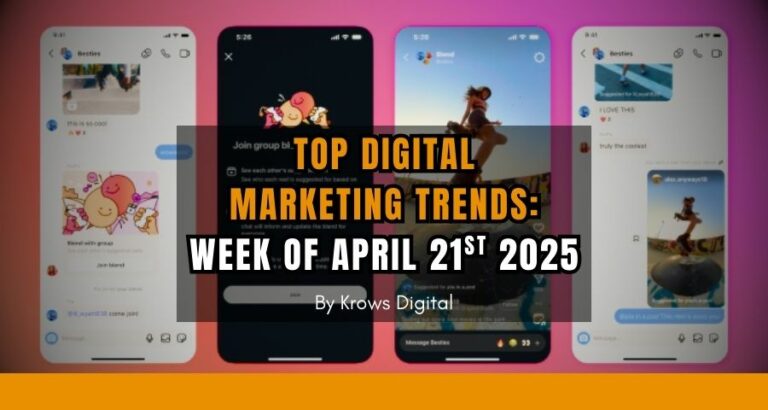So you decided you want to do business in Japan? Very well.
You are certainly right to do so as:
- Japanese people have high purchasing power
- Japanese people focus on quality over price: they are not scared to pay a high price for something proven to be worth.
- What can be successful in Japan has a higher rate of success in other Asian countries
Regardless of the status of your company (this will be the subject of another article), we will see some important steps to follow to succeed in your Japanese journey.
Market Analysis

The most important part before jumping in is to identify different things:
- Strength - Weakness - Opportunity - Threats
- Audience Targeting: who are they and where do they spend most of their time
- Competitors
Let's have a look.
Strength - Weakness - Opportunity - Threats aka SWOT Analysis

You might have heard of SWOT Analysis if not, you should! A SWOT is a good way to define if entering a new market like Japan is worth the shot. In each section, start figuring out points that are representative of your business.
Let's take the example of a French Sneaker brand that desires to enter the Japanese market, their SWOT Analysis could look like that:
- Strength: Iconic French brand, existing since 1956, well recognized in the hip hop, rap, and overall urban culture.
- Weakness: the brand is mostly known in Europe but has never gone to Asia. The brand means nothing yet in Japan.
- Opportunity: the hip-hop culture is big and growing in Japan. Furthermore, the young audience is gradually more interested in foreign street culture, urban wear, etc.
- Threat: many other brands are already in the market including large companies such as Nike, Adidas Originals, DC, Supra, etc. ==> a direct fight might not be to our advantage.
Based on this SWOT, the brand should see a great interest in the Japanese market, should be careful of other brands, and the best way to avoid direct competition with large companies should be to find a specific niche in the Japanese street culture that could play as the main territory for the French brand.
Understanding where you're the best and where you're falling behind will help you be prepared for any kind of situation.
Audience Targeting

Guessing who is your target audience will get you nowhere and will lead to losing money.
You don't want that.
Instead, you want to optimize your efforts (and your advertising budget!) where it means something.
Knowing your target audience means:
- Gender
- Age Range
- Favorite Social Networks
- Favorite TV shows, newspapers, magazines?
- Where do they like to hang out?
- etc.
The more you know, the best you can tailor your message to attract them with what they love and where they like to be.
A good way to define your audience is to search for your local competitors targeting the same audience and see how they behave around them. This leads to the next step.
Competitors

Ahh, your competitors... They are not only there to put a good fight, but they can also help you test the market!
In fact, it is important for your brand to check what local competitors do to seduce, convert, and retain customers!
Think of them as your beta testers in the market!
What you need to check:
- Where are they? Do they talk with your audience on social networks? Where are they and where are they not.
- What kind of message do they share? Figure out what post/ad/video they are communicating with your audience. Understand why and look for successful and bad posts from your competitors. Again, figure out why.
- How do they speak with them? The tone of voice is a major aspect of approaching your audience, you need to get it right. Let the competitors show you the way and understand if you need to reproduce a similar tone or be different.
- Others: frequency, conversion process, alternate of messages, etc.
Competitors are not only a threat to your business, they can actually save you some expensive tests!
NB: If you don't have local competitors to analyze, no problem!
Find other brands (not direct competitors) that are also targeting the same audience and see how they work with your audience.
Thus a good reason to correctly define your target audience so you can easily figure out the local market and start doing business in Japan with all the green lights.
Online Advertising

Did you think about online advertising? This is definitely one of the best ways to get initial and ongoing traffic to your website/products/services and to convert!
This is crucial for your brand to understand what are the best social media in Japan for your business.
Lucky you, we already wrote an article about this and you can join the newsletter to get a 1-week email series to learn about the best social media for you.
The article: https://krows-digital.com/most-popular-social-media-in-japan/
The 1-week email series:
You don't have any excuse to not get your online presence right!
Press

As much as I want to believe that online advertising killed the traditional press, the fact is that it is still relevant in Japan, especially with the older audience.
And when you know about the declining demography of Japan...
Well, you get it, there is still some room for traditional media!
Here are some links to start looking for local Japanese media to promote your business:
You should have enough leads to start searching for the right media.
Influencers

You hear everything about influencers, good and bad things. Yet, it has everything to do with selecting the right ones for doing business in Japan.
A good influencer campaign will get the visibility and initial trust your business needs to enter in a market.
Japan is nothing different. Getting approval from trusted influencers will get you a long way than starting from scratch.
A simple rule to search for influencers:
- TikTok influencers: to target the youngest audience
- Instagram influencers: for Fashion, Lifestyle, and visually appealing content
- Bloggers and YouTubers: for gaming, storytelling, entertainment, and learning content
If you need help searching for local influencers, guess what? Krows Digital can help you!
Conclusion
Methods for doing business in Japan are nothing different from other markets.
You need to analyze, understand who you are talking to, and how to engage with your audience.
The real differences will come with the tone of voice, the language barrier, tastes, approach to social networks, etc.
So study well, use your competitors to your advantage and reach out to your audience where they like to hang out!
If you need help, we are waiting for your call!
Good continuation.
つづく...
KD Team




